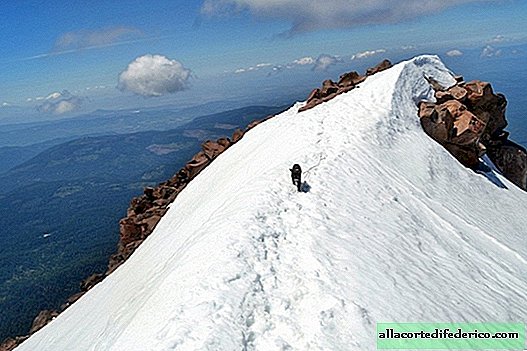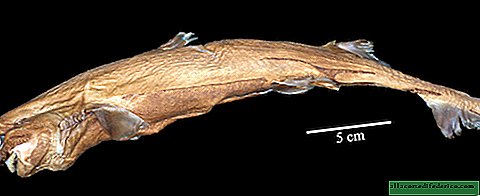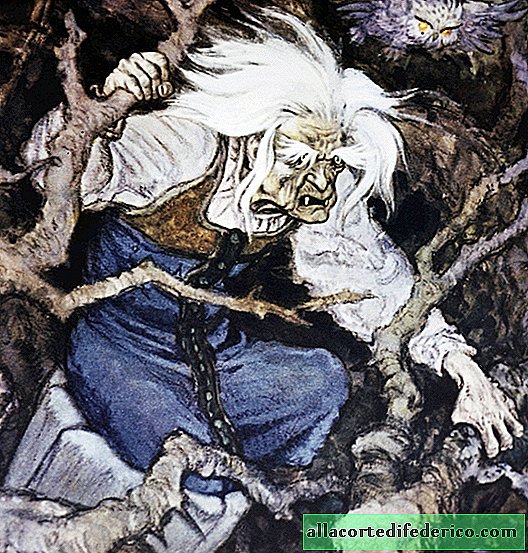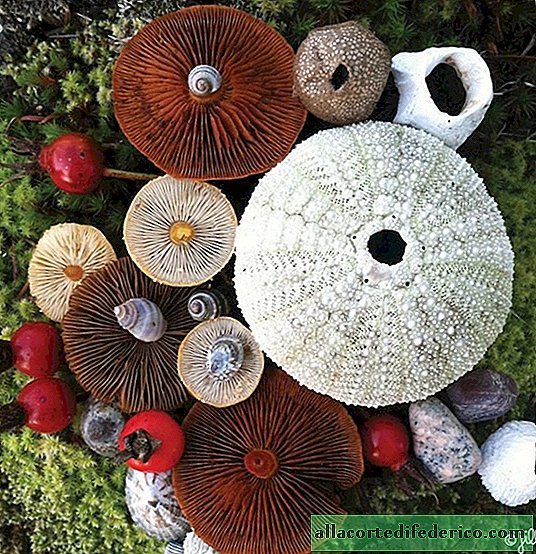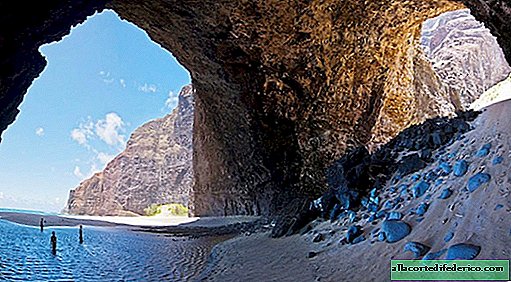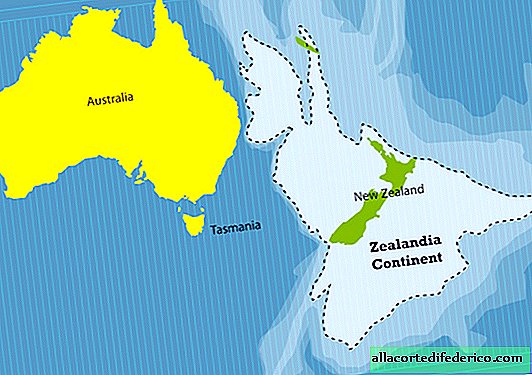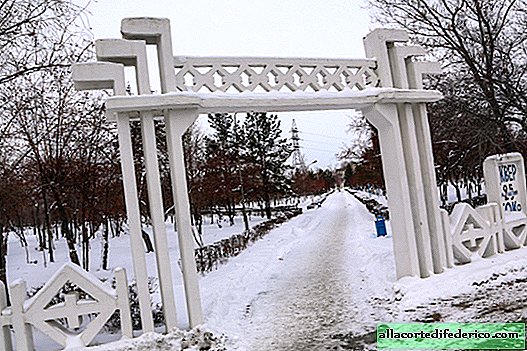The Great Silk Road: why there was always water in wells in the middle of the desert
The Great Silk Road connecting China and the cities of Central Asia with the Mediterranean countries for many centuries played a major role in the processes of commodity and cultural exchange between these regions. Originating in the 2nd century BC as a trade route between China and the cities of the Ferghana Valley, it later acquired the status of the most important transport artery between East and West and lasted until the Middle Ages.
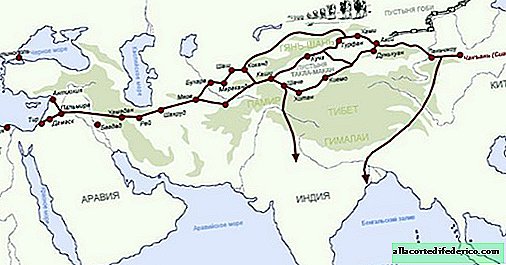
A significant part of the Great Silk Road ran through the desert territories of Asia. To transport valuable goods, merchants mainly used camels, which were perfectly suited for movement on hot sand.

The biggest problem travelers faced was the lack of water on most of the route. And so that the camels did not carry containers with water, which occupied a useful place and reduced the volume of transported cargo, the brilliant designers of antiquity built wells in the middle of hot sand. They were called "sardoba", and they always had water. Such wells can be found today in some cities of Central Asia.


It seems unbelievable, but the ancient engineers used the whirlwind effect to build the wells. The design itself from the outside resembled a small tent made of stone, and had several holes. More than half of the well was buried in the ground, and in order to get to the water, one had to go down the stairs. Thanks to the special roof construction and side openings, desert air constantly circulated through the well, the volumes of which, according to experts, reached several thousand cubic meters per day.

Even in the hot desert air contains water vapor. The idea of ingenious construction is based on this knowledge. Getting inside the well, where, according to the recollections of Arab travelers, it was always cool, the hot air cooled and gave out the water in it in the form of drops. The purest cool water flowed down a stone mound into a special depression at the bottom of the well, from where people took it to drink and drink camels.

Unfortunately, accurate evidence of who these ancient builders were was not preserved. But researchers believe that they were Chinese engineers. After all, the Great Silk Road played a crucial role in the Chinese economy, and the country's leadership made a lot of efforts for its prosperity.


